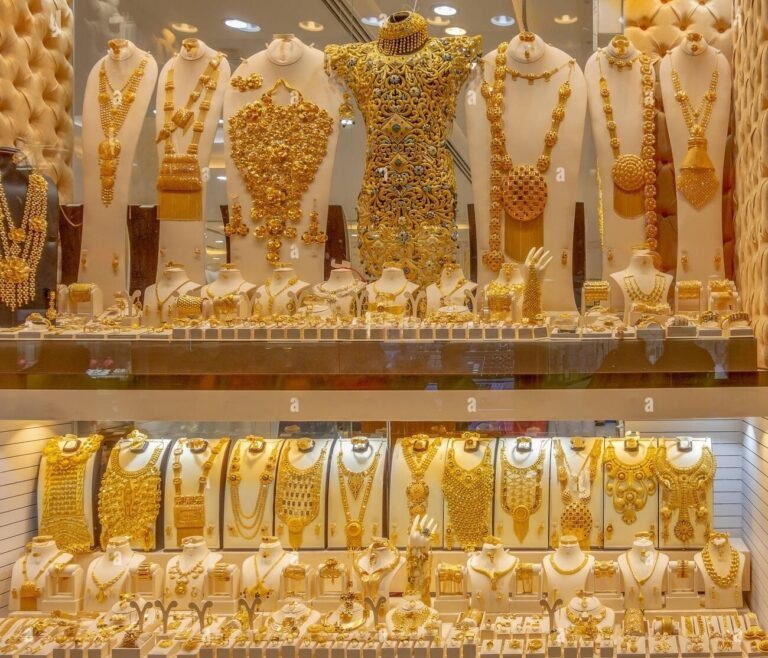In a significant move to support the growth of its trading sector, the UAE Ministry of Finance has announced the expansion of the reverse charge mechanism to include precious metals and stones. This decision marks a pivotal shift in how VAT is applied in this industry and demonstrates the government’s ongoing commitment to fostering business development.
In this article, we will explore what this change entails, how it will benefit businesses, and what it means for the future of precious metals and stones trading in the UAE.
Understanding the New VAT Regulations
On Friday, the Ministry of Finance unveiled Cabinet Decision No. (127) of 2024, which broadens the application of the reverse charge mechanism for VAT-registered businesses involved with precious metals and gemstones. This decision replaces Cabinet Decision No. (25) of 2018, which previously dictated Value Added Tax applications solely for gold and diamonds. Under the updated regulations, businesses that supply goods specified in this decision are no longer required to charge VAT on sales to other VAT-registered customers. Instead, it is now the buyer’s responsibility to calculate, declare, and report it during their tax submissions, streamlining the compliance process for traders.
Applicable Categories Under the New Provisions
The updated regulations apply to:
- Precious Metals: Gold, silver, palladium, and platinum.
- Precious Stones: Natural and manufactured diamonds, pearls, rubies, sapphires, and emeralds.
- Jewelry: Items created with any of these precious metals or stones, as long as their value exceeds that of any other materials used.
This broader application aims to simplify Value Added Tax compliance and enhance transparency in the trading of precious items.
Benefits of the Reverse Charge Mechanism
The reverse charge mechanism transfers the tax reporting responsibility from sellers to buyers, which can significantly ease the administrative burdens on businesses. This change is poised to create a more efficient and practical framework for Value Added Tax, ultimately boosting the sector.
Impact on the United Arab Emirate Trading Sector
By reducing complexity in tax regulations, the government is creating an environment conducive to business growth and encouraging more robust trading activities in precious metals and stones. Businesses will find themselves better equipped to navigate compliance, allowing them to concentrate on their core operations. Moreover, this change aligns with global best practices, reinforcing the UAE’s position as a competitive marketplace in the realm of precious commodities.
In summary, the 7 key changes in UAE’s VAT Rules for Precious Metals and Stones are:
Expansion of the Reverse Charge Mechanism: The reverse charge mechanism, which allows the VAT reporting obligation to shift from sellers to buyers, has been broadened significantly. Previously limited to gold and diamonds, this mechanism now includes a wider range of precious metals and stones, simplifying compliance for businesses.
Replacement of the 2018 VAT Framework: The new Cabinet Decision No. (127) of 2024 supersedes the previous Decision No. (25) of 2018. This update reflects the UAE’s commitment to continuously refining its tax system to support business growth and regulatory clarity.
Inclusion of a Wider Range of Precious Metals and Stones: The updated rules expand the scope beyond gold and diamonds to include silver, palladium, platinum, and gemstones such as pearls, rubies, sapphires, and emeralds, along with both natural and manufactured diamonds. This inclusion provides broader coverage for businesses in the sector.
Revised Definition of Jewelry with Value-Based Criteria: Jewelry now falls under these VAT rules if the value of the precious metals or stones used exceeds the value of any other materials in the item. This clarification ensures consistent tax application, particularly for mixed-material products.
Shift in tax Responsibility from Sellers to Buyers: In a significant change, VAT-registered buyers are now responsible for calculating, declaring, and reporting it on qualifying transactions. This reduces the administrative burden on sellers and creates a more streamlined reporting process.
Simplified Compliance and Administrative Processes: By removing the requirement for sellers to charge Value Added Tax when dealing with other VAT-registered businesses, the new rules reduce paperwork and improve operational efficiency. Businesses can now focus more on core operations rather than complex tax compliance.
Boost to UAE’s Global Competitiveness: These regulatory changes align with international best practices, enhancing transparency and fostering confidence among global investors. This move strengthens the UAE’s position as a premier trading hub for precious metals and gemstones, attracting more businesses to the region.
If you’re conducting business in the United Arab Emirate or have an interest in it, you might want to check out our article on the United Arab Emirates’ growth, as highlighted by S&P Global Ratings.



